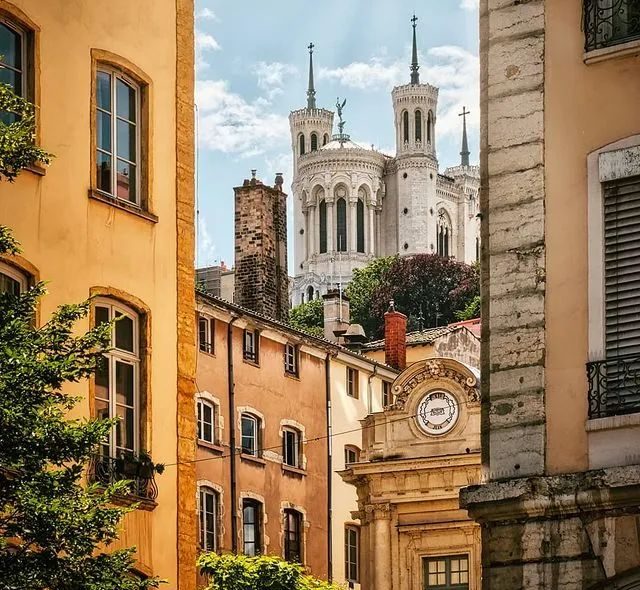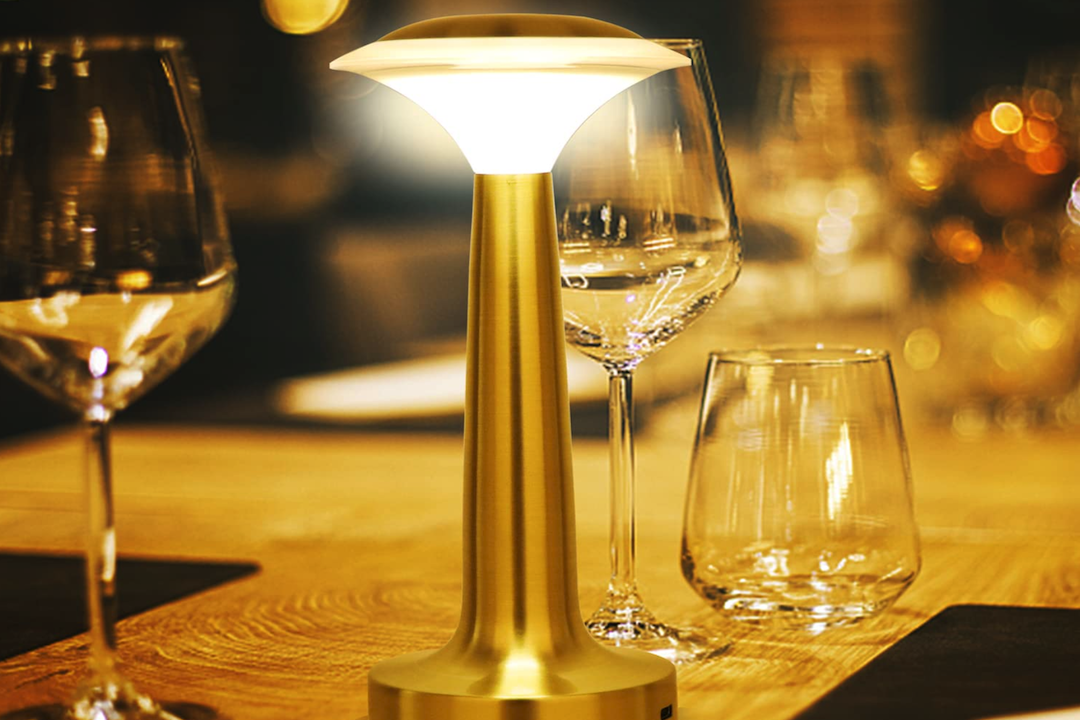Among the major cities in France, Lyon is almost regarded as the second capital of France, because its historical origin, cultural accumulation and economic strength are almost as good as Paris.
Since ancient times, Lyon has been at the crossroads of Western Europe. The history is wrapped in the exchange and convergence of various people, products and cultures. It is claimed that 10% of the city’s area is a world heritage site.


Lyon
Lyon has developed educational and scientific research undertakings and is the most important educational center outside Paris. Lyon University is the largest institution of higher learning in the region, with a number of world-renowned institutions and elite universities under its umbrella.
This makes Lyon a city rich in material and spirit, with a lively artistic atmosphere permeating the streets. That’s why Lyon has positioned itself as “Only Lyon” – only in Lyon can you enjoy the sensual pleasures and be captivated by the cultural charm of the place all the time.

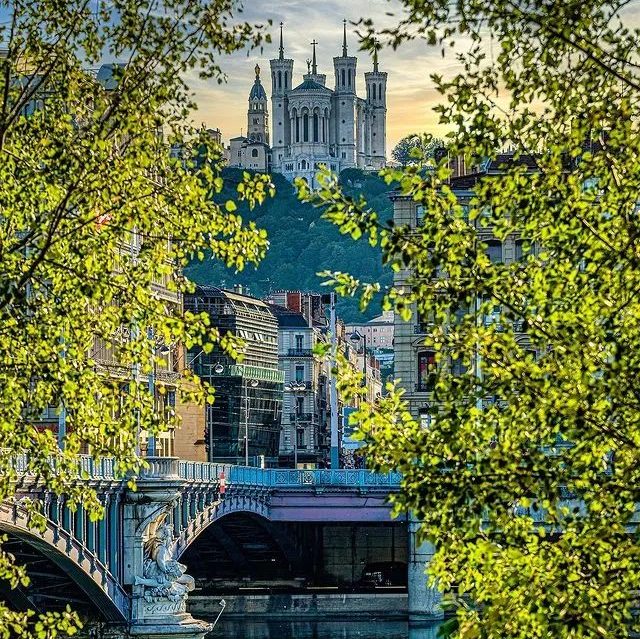
Also known as the Prayer Hill, the Fourviere Mountain is the cradle of Lyon. Riding the old cable car to the top of the mountain can give you a panoramic view of the whole city, and clearly distinguish the central peninsula surrounded by the Rhone and Saône rivers.
The iconic Notre-Dame de Fourviere on the hill combines Byzantine and medieval styles. This late-19th-century church was built at the expense of locals and dedicated to the Virgin, who is said to have saved Lyon from the Black Death in 1643.
The interior decoration of the church is exquisite, the painted window grilles cast brilliant light and shadow in the tall church, and the Byzantine mosaics on the walls on both sides depict the history of France and Christianity respectively.

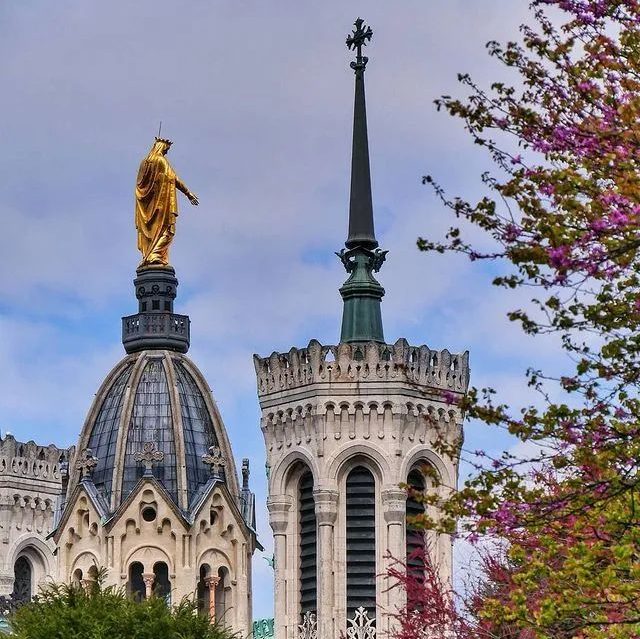
On the top of the connected chapel towers, the statue of Mary glitters in the sun, and the holy light shines on the city she shelters.
Lyon’s old town has retained the appearance of the 15th-17th centuries. There are 320 narrow streets with 320 corridors in the Saint-John and the Red Cross Mountains. During the walk, people seem to return to the Middle Ages. Every corner seems to be full of stories. Makes you feel gutted.
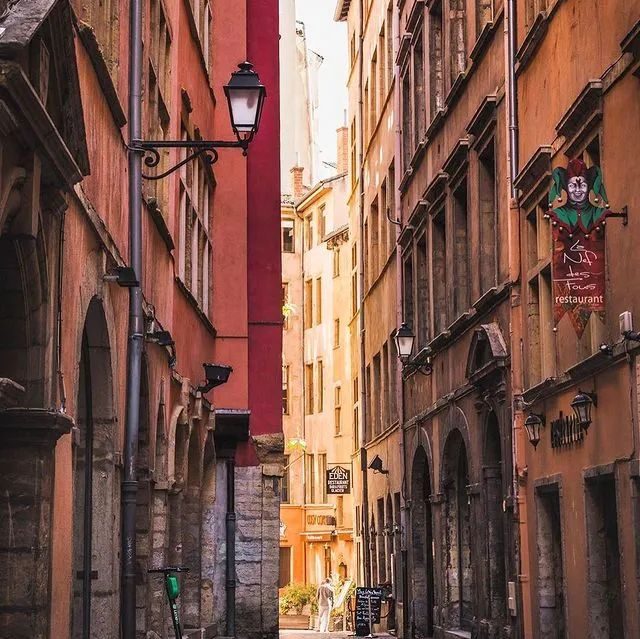
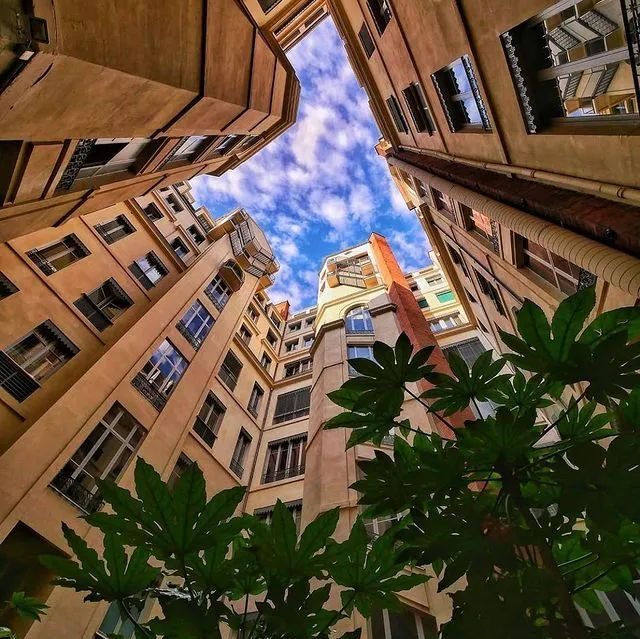
The center of the old town is the Cathedral of St. John, built in the 12th century. Before the construction of Notre-Dame de Fourviere, this Gothic cathedral was the most majestic church in the city.
The 14th-century astronomical clock still rings on time every day, the same bells that echoed at the coronation of Pope John XXII and the grand wedding of King Henry IV of France and Queen Marie de Medici.
Like Paris, Lyon has many beautiful city squares. The Place de la Ferro is home to the Town Hall, an ornate 17th-century building that is one of the largest historic buildings in the city, with beautiful reliefs on its façade.
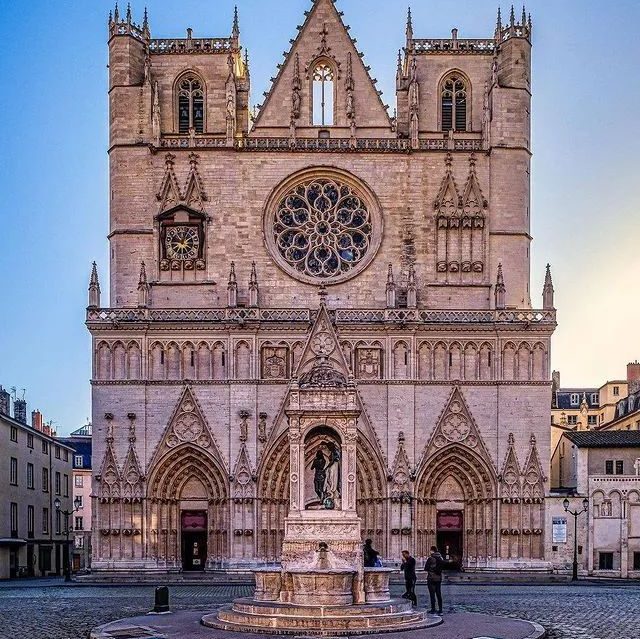
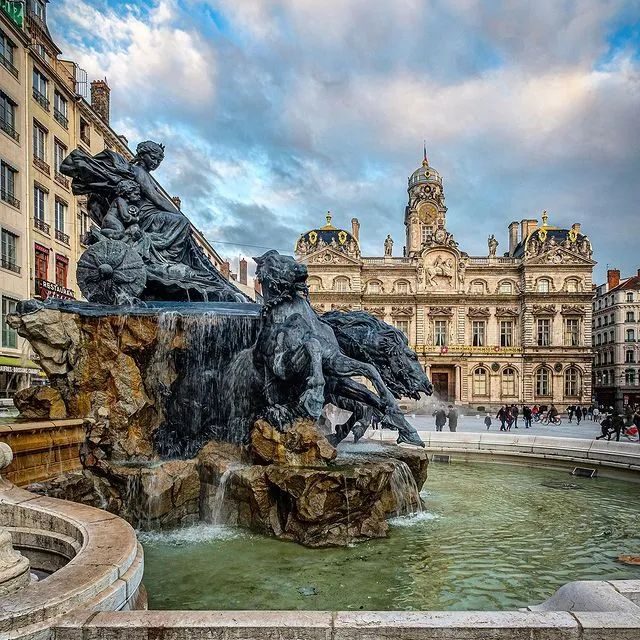
In the center of the square is an art fountain built in the 19th century, depicting 4 horses pulling chariots, which symbolize the river running all the way into the sea. Another famous work of designer Bartholdi is the Statue of Liberty.
Another building on the square is the Museum of Fine Arts of Lyon, housed in a building that was originally a Benedictine abbey. It is one of the most important art galleries in Europe, and its collections range from ancient Egyptian artifacts to modern art, making it a must-see for tourists.
Place Bellecour is the third largest square in France and one of the largest squares in Europe. It is unique in that it is the largest clean square in Europe without any green space, trees or obstacles. It looks like the Louis XIV in the middle of the square. Equestrian statues are even more powerful.


Walking under the blue sky and white clouds, walking through the streets, you will be surprised to find a colorful wall standing in front of you. The colors of these murals are harmonious and bright, with a strong sense of three-dimensionality, and the characters and scenes in the works are almost real.
Most of Lyon’s murals come from the “City of Creation” with a history of nearly 40 years. The founders of the organization are 11 students from the Academy of Fine Arts in Lyon. They hope to promote interpersonal communication in the city through murals and create a sense of intimacy between people. At the same time give cities and neighborhoods a certain identity.


Lyon is the birthplace of cinema, where the Lumière brothers filmed the world’s first film “The Gate of the Factory” in 1895. In order to commemorate the two pioneers of the film industry, people turned their Lyon house into a memorial hall, and the street was named “the first film street”.
The unique and interesting miniature film museum is also worth a visit. This creative museum houses more than 100 intricate mini-movie scenes, all of which have been created by artists from around the world for 20 years.
The Lyon Festival of Lights is an annual event that starts on December 8 every year and usually lasts for 4 days. During the Festival of Lights, every household in Lyon will place candles outside their windows to create the effect of candlelight all over the street.
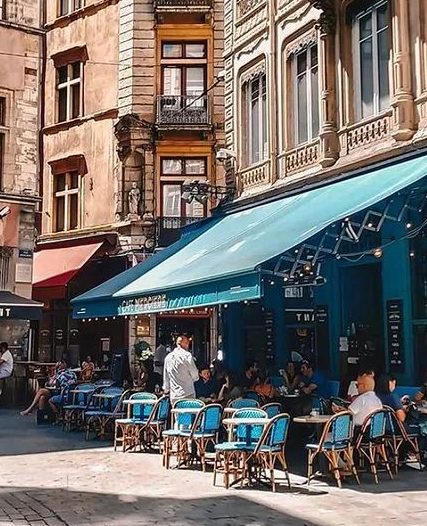

Public buildings will be designed with special lighting effects during the Festival of Lights. The performances of various lights are a feast of light and shadow. The most famous places include Notre-Dame de Fourvière and Place de la Ferro.
Gastronomy is an integral part of French art, and Lyon is the gastronomic capital of France. Food lovers must not miss the gourmet market here. Many famous chefs will come here to buy, because the ingredients here are generally of high quality, and you can eat directly here.
Of course, you must also experience famous restaurants, such as La Mère Brazier, which has been welcoming gourmets since 1921, where the world-renowned Lyon chef Paul Bocuse started his culinary career.


Lyon’s cuisine owes a lot to women, Lyon’s mother chefs. These mama chefs started out cooking in the homes of big bourgeois families and then opened their own restaurants in the 19th century. They give ordinary people the opportunity to taste simple and sophisticated cooking techniques, such as pork belly fragrant chicken and marrow bone artichokes.
The French are famous for their love of reading, and Lyons are no exception. Every weekend, citizens who love to read will gather at the second-hand book market by the Rhone River to browse through the old book stalls to find their favorite treasures. Here you can find good books in many languages, many of which are brand new at low prices.
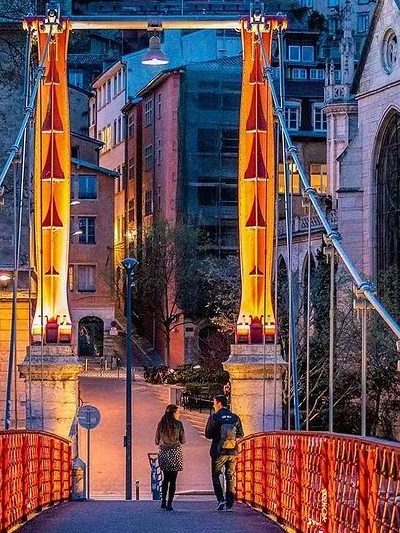

Artists gather on the banks of the Saône to sell their works, including handicrafts, paintings and sculptures, photography, etc., and they are surprised when they turn around. It is very interesting to chat with the stall owner to find out the stories behind the objects.
As a famous European city with an international perspective, Lyon still retains the tranquility and calmness of the ancient city. The wide and noisy avenues have been replaced by friendly and pleasant walking paths. The tall buildings over 100 meters in the city are only in single digits, and there are green parks and lively small shops everywhere.
The vitality of this city is hidden in these details. It is the accumulation, digestion and evolution of the long-standing history and culture to produce a most human-like appearance.
Lyon allows us to discover that a truly confident city does not need to use the same mansions to prove its richness and modernity, but retains its own characteristics and precipitates a timeless charm.


